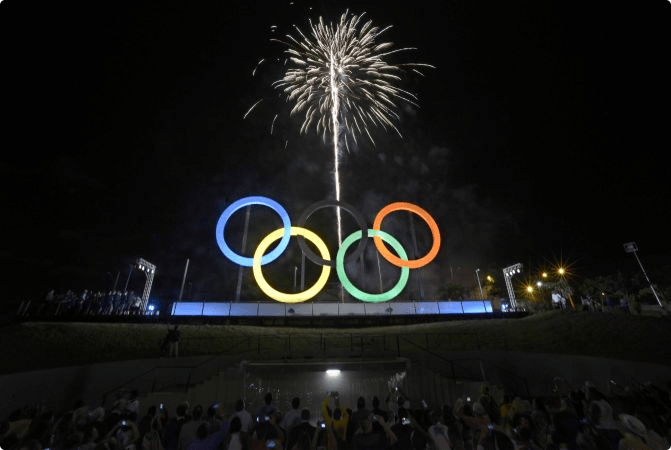Earlier this week, Organizers for the upcoming Tokyo 2020 Olympic and Paralympic Games disclosed the official poster artwork that will illustrate the various Olympic venues throughout the 2020 Games.
The Tokyo 2020 Olympic and Paralympic Games Organizing Committee announced last August that renowned Japanese and international artists have been selected to produce artwork enclosing the Olympic and Paralympic themes.
Japanese news outlet Kyodo reports that the 20 posters -12 based on the theme of the Olympics and eight on the Paralympics- are to be displayed around the capital to promote the Games besides also being included in a wide range of official merchandise.
The Museum of Contemporary Art in Tokyo will also host an exhibition of the original poster artwork between Jan. 7 and Feb. 16.
The participating artists and designers include famous Japanese manga artists and calligraphers, as well as some leading young figures from both the Japanese art world, and other famous Japanese artists, designers, and photographers. The program also includes four award-winning overseas artists.
The artwork will be featured in posters depicting Tokyo 2020’s spirit and vision as part of a program all host cities are required to implement and which aims to build awareness and momentum towards the Olympic and Paralympic Games.
Art has a long history as part of the Olympic Games, in lockstep with sport. In the early days of the Olympics, medals were given for works of art inspired by sport. The first-ever Olympic champion in swimming, Hungarian Alfred Hajos, later won a medal in architecture.
From 1912 to 1948, medals were awarded for art at the Olympics, although rules for the various art competitions varied. However, the core of the rules remained the same. All of the entered works had to be inspired by sport and had to be original, meaning that the artists were not allowed to publish them prior to the competition.
Similar to the athletic events at the Olympics, gold, silver, and bronze medals were awarded to the highest-ranked artists, although not all medals were awarded in each competition. On a few occasions, in fact, no medals were presented at all.
Generally, it was permitted for artists to enter multiple works, although a maximum number was sometimes established. This made it possible for an artist to win multiple prizes in a single competition.
Competitions took place in the fields of architecture, literature, music, painting, and sculpture. However, in 1949, a report presented to the IOC found that practically all of the contestants taking part in the various art competitions were professionals and not amateurs as the rules stated.
A few years later during the 49th IOC Session in Athens in 1954, the IOC members voted to replace the art contests with an exhibition for future Olympics.
Several attempts were made after that to re-include art competition, although they were not successful.
Take your first glimpse at the Tokyo 2020 Official Art Poster Exhibition. 🎨🖌️
Made by renowned artists, these posters encapsulate the Olympic and Paralympic spirit in just 20 posters. 🔜#Tokyo2020 🇯🇵 #RoadToTokyo pic.twitter.com/wJT6660V3n
— #Tokyo2020 (@Tokyo2020) January 4, 2020

In 1948 my great uncle won a bronze medal for water colors. Seriously.
I would’ve gladly given Bob Ross a medal any day of the week. He would’ve been humble and said he paints for the joy of it, not for the glory, but deep down inside, he’d be incredibly proud.
isn’t that the same as ‘diving’?
I’m surprised you didn’t go for the recently renamed artistic swimming
Norman Rockwell would’ve been a top Olympian